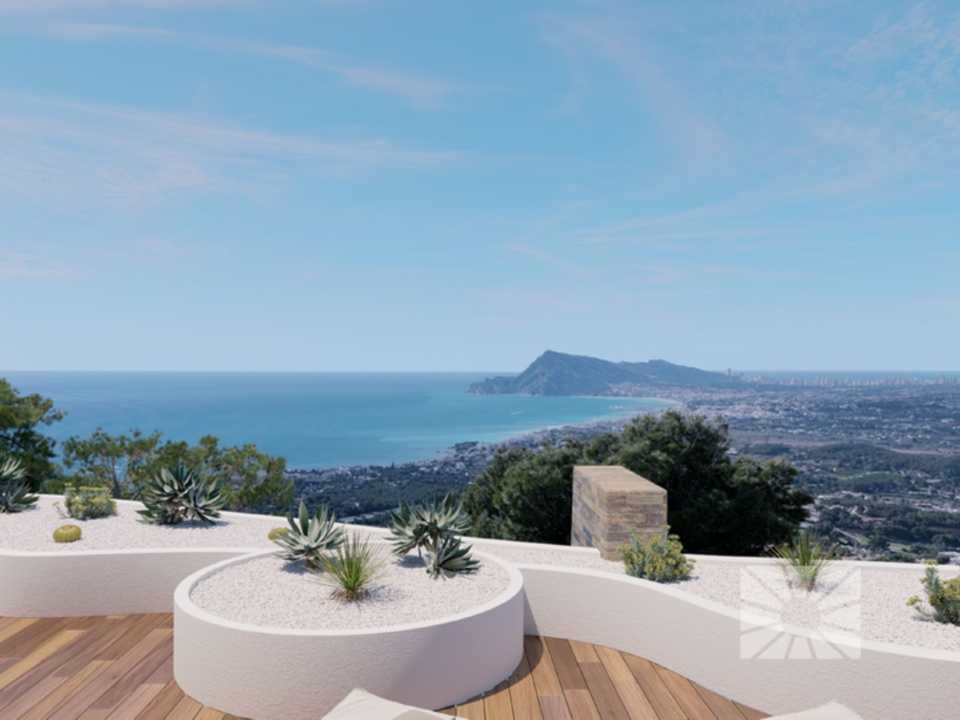2,100,000 €
APART 10, PLANTA 3
Ocean Suites Altea
HA010

- 3
- 3
- 586m2
The name Altea comes from the Greek Altahia which means “I cure”. In the last phase of Arab domination, Altea belonged to the Taifa of Denia. It was conquered in 1244 by Jaime I of Aragón and repopulated by Christians, obtaining the status of town in 1279.
The history of Altea is marked by the many civilisations which settled here, namely, Iberians, Greeks, Phoenicians, Romans and Muslims who left their imprint and influence. The Greeks and Romans were traders, setting up salting factories all along the Costa Blanca. The Arabs improved the area’s agriculture and imported the most sophisticated arts of fishing.
In the 17th century, the town went through a period of decadence, with the expulsion of the Moriscos in 1609 and the then frequent attacks from pirates. One of the most significant events was the landing of the armada of the Archduke Carlos de Austria, which enabled General Basset to conquer Denia and beyond, as far as Valencia.
Altea has always been a town that has attracted all kinds of artists, painters, writers, musicians, etc, in the decades of 1960 and 1970 it became a melting pot of bohemians. Eberhard Schlotter, Marisol, Rafael Alberti and Vicente Blasco Ibáñez are just some of the personalities who succumbed to Altea’s charms.
Altea is one of the most important cultural towns of eastern Spain. It holds the title of “Cultural Capital of the Autonomous Community of Valencia”, housing the Palau de Altea, the Department of Fine Arts of the Universidad Miguel Hernández de Alicante, the Music Conservatory, the Cultural Centre of Altea la Vella and the Museum of Ethnic Music.
Altea, one thousand equally beautiful corners.